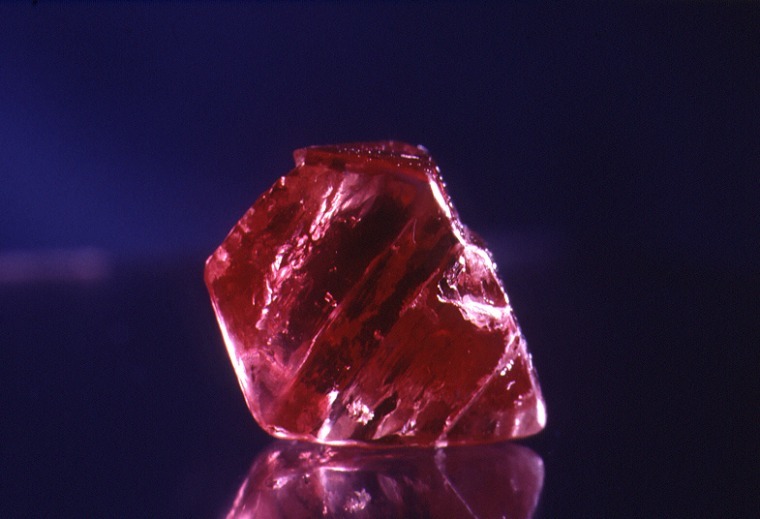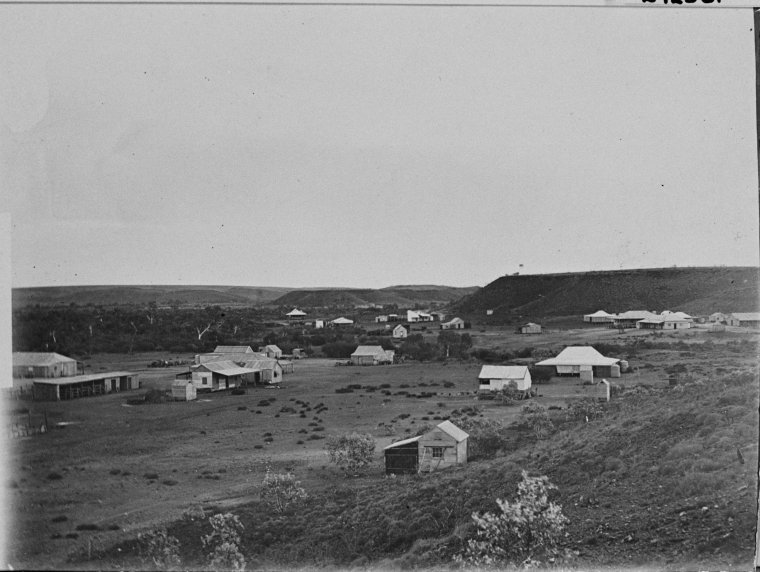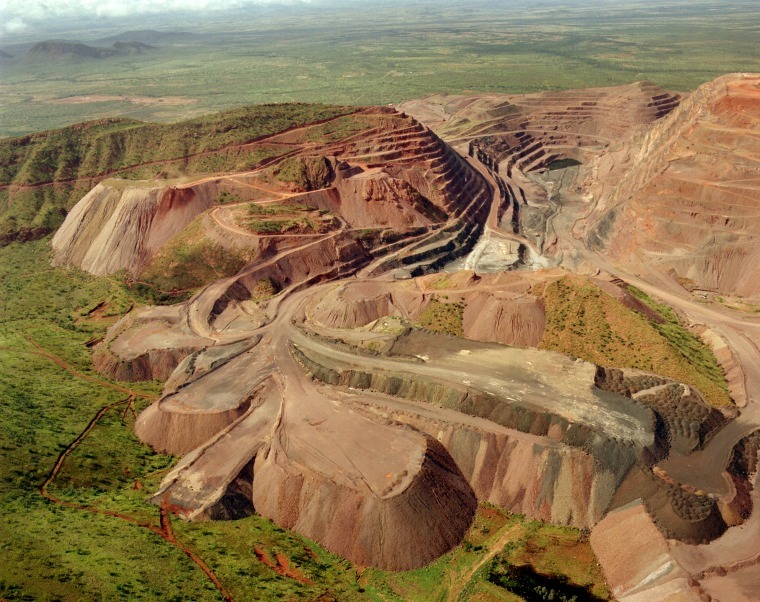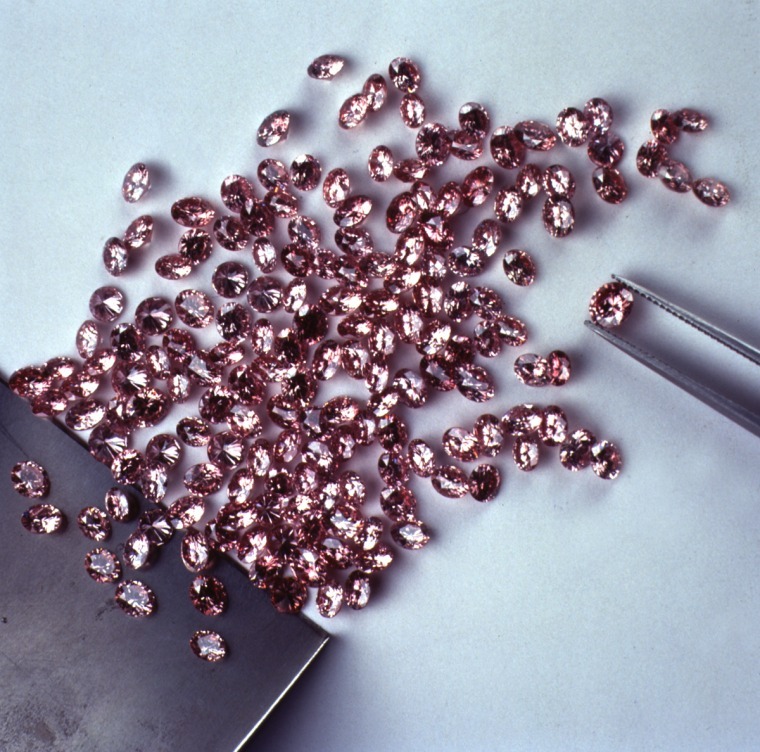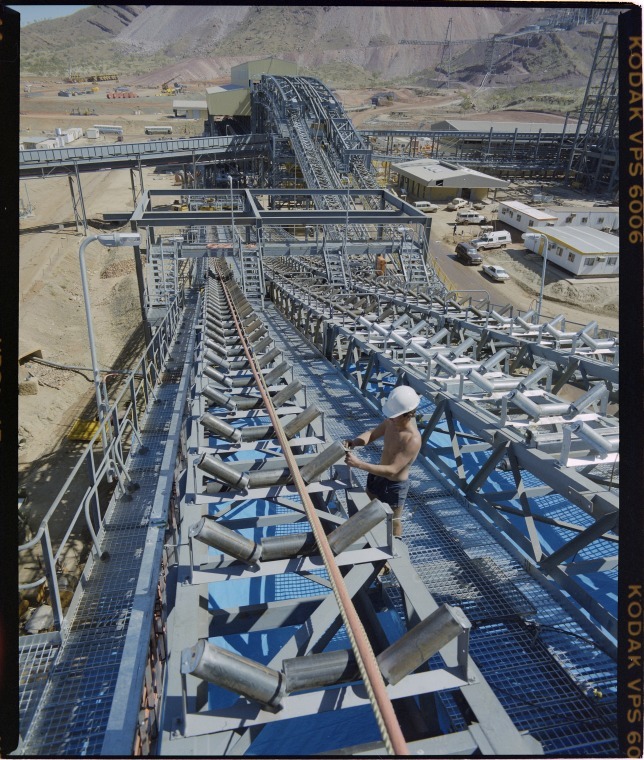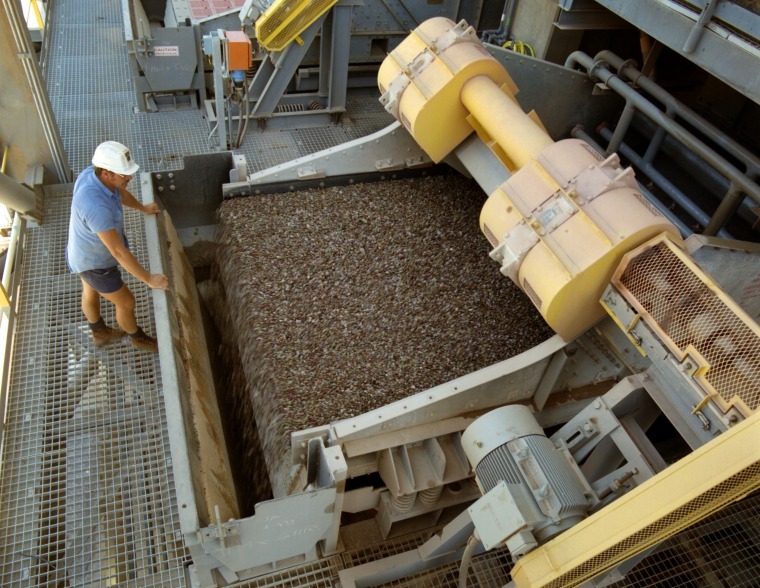Diamonds
Diamonds found in 1895 at Nullagine in the Pilbara were not sufficient to support a diamond mining industry. It was not until extensive exploration began in the Kimberley in 1972 that significant deposits were discovered.
In 1976, diamonds were found between Fitzroy Crossing and Derby and this became the Ellendale Diamond Mine. In 1979, diamonds were found around Lake Argyle.
The Argyle Diamond Mine used conventional alluvial and open pit mining from 1983-2013, producing more than 800 million carats of diamonds. In 2013, a new method, block cave mining, allowed mining at a greater depth. With this technique, the ore body is undercut, allowing it to break up and ‘cave’ under its own weight. The decision to construct a block cave mine followed extensive studies into the safest and most economical way to reach deep into Argyle’s ore body. The technologically advanced underground operation is the first of its type in Western Australia, extending the life of the Argyle mine until at least 2020, generating on average 20 million carats per year.
The Argyle underground mine has around 40 kilometres of tunnels. The main thoroughfare in the underground network has four tunnels, two to carry vehicles, one for ventilation and one for moving ore. Two large underground crushers and conveyor belts transport the ore from deep in the mine to the surface.
Argyle produces diamonds in a range of colours, including purple, grey, green, white, brown (champagne or cognac), blue, red and pink. Most are sold as rough or uncut diamonds, which are sorted and prepared for international sale in Antwerp. The Argyle mine is the world's primary source of rare pink diamonds.

